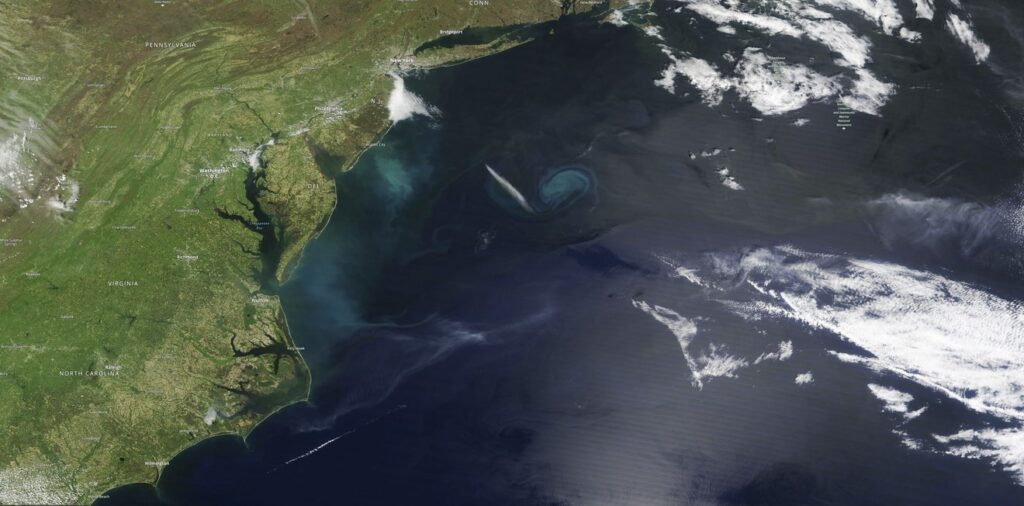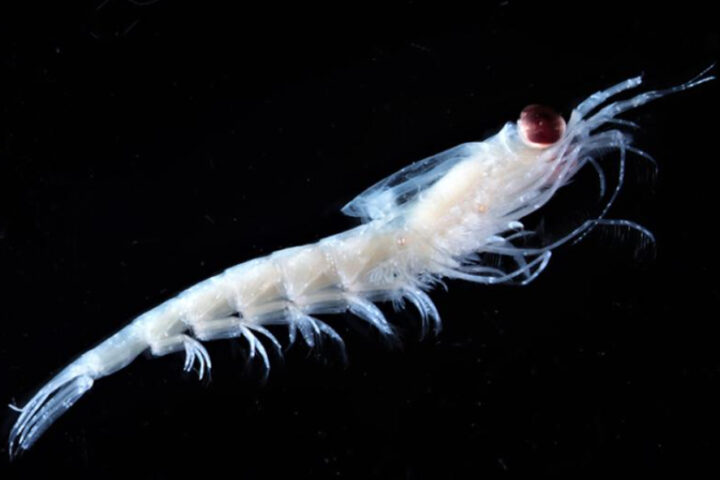University of Edinburgh researchers have developed a blood test combining laser analysis with artificial intelligence that identifies stage 1a breast cancer – the earliest detectable phase of the disease. The method achieved 98% effectiveness in initial testing, though the small sample size of 24 participants necessitates larger trials before clinical implementation.
The technique uses Raman spectroscopy, shining laser beams into blood plasma to analyze light properties that reveal chemical changes in cells and tissues. A machine learning algorithm then processes these spectral patterns to identify cancer indicators. Previous similar approaches could only detect stage two cancer or later.
“Most deaths from cancer occur following a late-stage diagnosis after symptoms become apparent,” said Dr. Andy Downes from Edinburgh’s School of Engineering, who led the study. “Early diagnosis is key to long-term survival, and we finally have the technology required. We just need to apply it to other cancer types and build up a database, before this can be used as a multi-cancer test.”
The research team’s pilot study demonstrated over 90% accuracy in distinguishing between breast cancer’s four main subtypes. Dr. Kevin Tipatet, who conceived the test during his PhD studies, emphasized its potential broader impact: “Early diagnosis saves lives, and this work represents a step toward equipping healthcare systems with tools to detect cancer at its earliest, most treatable stages.”
Similar Posts
Current breast cancer screening relies on physical examinations, mammograms, ultrasounds, and tissue biopsies. This blood test offers a non-invasive alternative. The existing early detection strategies rely upon screening people based on their age or if they are in at-risk groups.
The research involved collaboration between multiple institutions including the Northern Ireland Biobank, Breast Cancer Now Tissue Bank, University of Aberdeen, Rhine-Waal University of Applied Sciences, and the Graduate School for Applied Research in North Rhine-Westphalia. The findings appear in the Journal of Biophotonics.
The researchers plan to expand testing to include more participants and evaluate the method’s effectiveness for detecting other cancer types. Using this new method, researchers aim to improve early detection and monitoring of the disease and create a screening test for multiple forms of cancer.


















